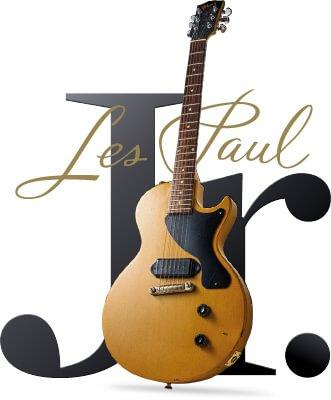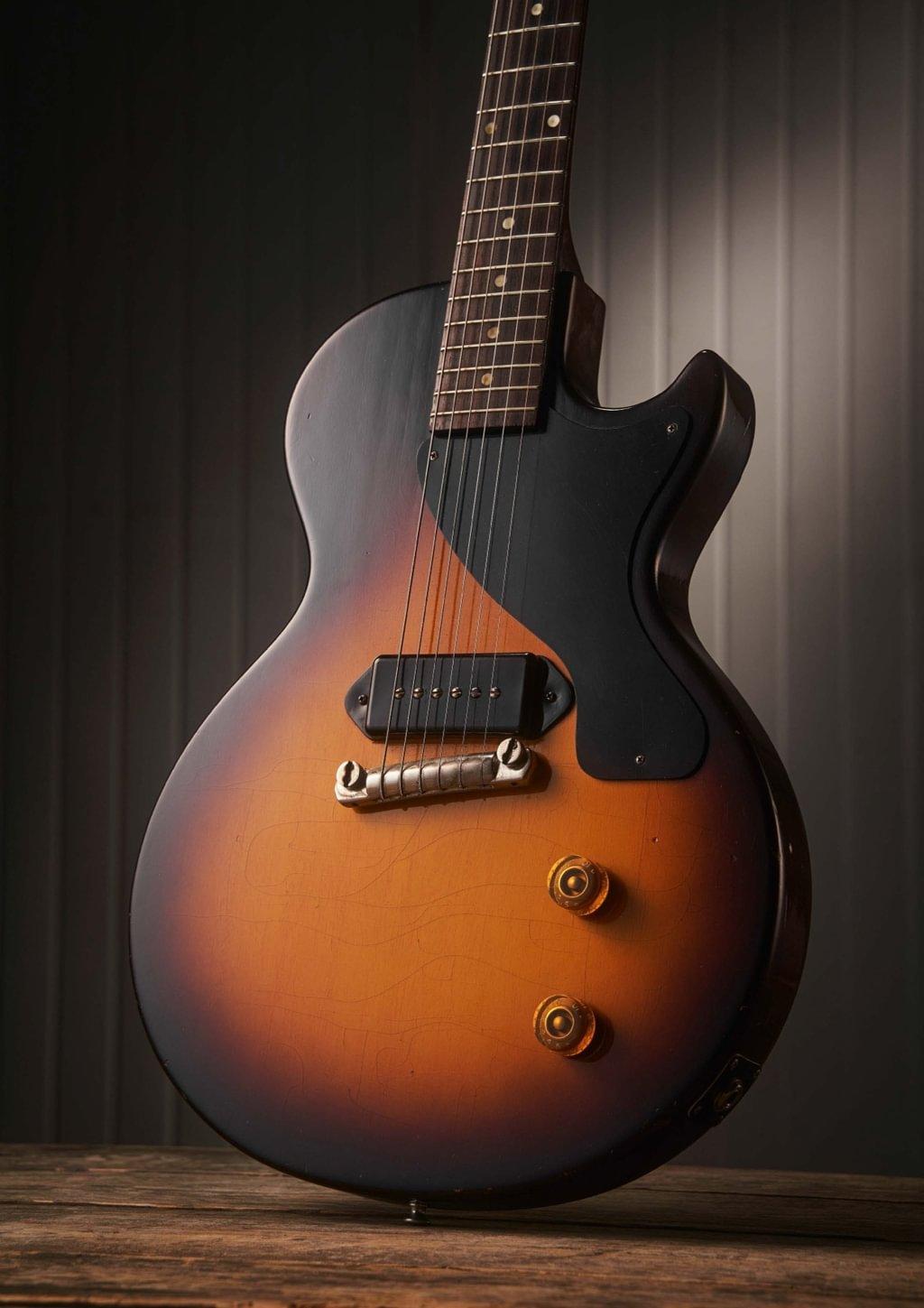
70 Years Of The Les Paul Junior
It couldn’t be any simpler – yet, in truth, it couldn’t be any better. The Les Paul Junior, which was launched in the same year as Fender’s Stratocaster, was in some ways the antithesis of Fender’s svelte three-pickup rocketship. Made for lowly students, not cutting-edge professional artists, it had but a single pickup in the old-fashioned ‘dog-ear’ shape, while its slab body was functional, rather than futuristic, and its glued-in neck evoked an earlier era of lutherie. Yet, somehow, it always was more than the sparse sum of its parts.
In the right hands, its simplicity became a kind of purity – putting so little between the player and nuanced self-expression. Its surprisingly punchy pickup was well suited to the burgeoning age of rock ’n’ roll, too, with enough clout to make a Tweed amp weep and wail when you turned up the wick. Even its modest price meant that musicians on the way up, such as Mountain’s Leslie West, could afford it – and that means that when they began to define the sound of rock, they did so with Gibson’s most basic and yet most enduringly capable electric.
Jason Davidson, director of product development, joins us to unpick the surprisingly complex tale of Gibson’s simplest guitar.

This 1955 sunburst single-cut Junior belongs to Guitarist contributor Bob Wootton and is a magnificent early example of the model
“They’re beautifully – if simply – made from the same materials as higher-end instruments, play and sound great, and have a unique swagger that suits rock ’n’ roll”
BOB WOOTTON
What marked the start of the Les Paul Junior story? Who was instrumental in getting it designed and brought to production?
“That’s golden-era McCarty. When the original Les Paul model launched in 1952, there was always a plan to also bring about the Les Paul Custom, the fancier model, which debuted in 1954 – along with the Les Paul Junior. There’s actually not a lot of history in the archives detailing the origin story of the Les Paul Junior, but it’s pretty reasonable to assume that Gibson